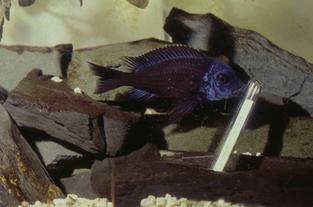Mountain Gorilla Genome
The genome of the critically endangered mountain gorilla provides clues to its genetic past as well as its prospects for future survival.


The genome of the critically endangered mountain gorilla provides clues to its genetic past as well as its prospects for future survival.
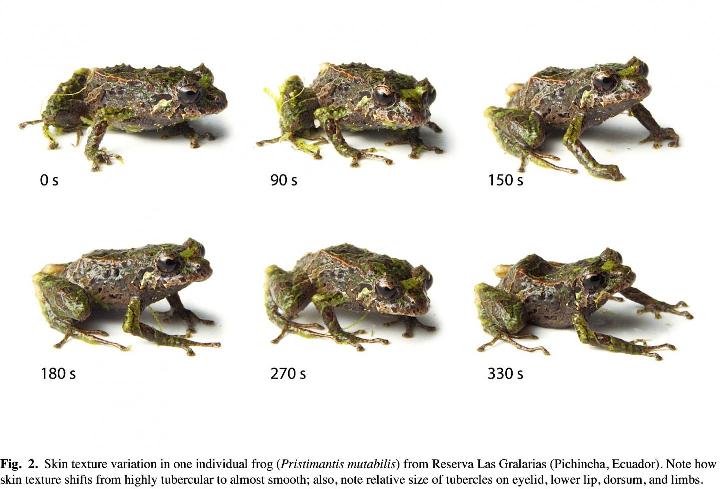
The skin of a newly discovered frog species transitions from spiny to smooth in a matter of minutes depending on its background.
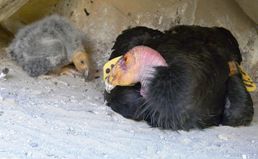
LIFE ON THE EDGE (Encore Presentation) - The challenges facing endangered California Condors when they return to the wild. Could armadillos help end blindness? How scientists can tell that sharks really are what they eat. Fuel from the sea. And, unraveling the mysteries of glowing blue slime.


Scientists are learning from birds’ amazing metabolisms to help human athletes perform better on the ground.
A roundup of some of this week’s most interesting science news, including key genetics variants related to brain size and psychiatric disorders, leaky methane in Boston pipelines, and the genetics of longevity.

Scientists find that the most well-known genetic marker for human obesity had no effect before the 1940s.

Melting sea ice is has resulted in a recent northward shift in polar bear genes.

Comparing the evolutionary histories of Antarctica’s penguin species may predict how they’ll respond to climate change.
Science Breakthroughs of 2014: When did humans first become artists?
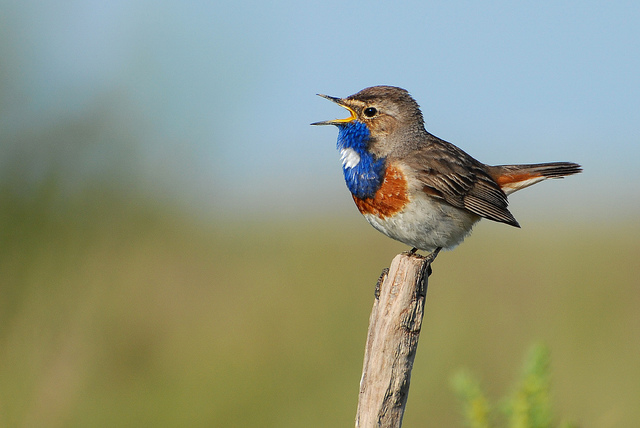
Birds and humans share remarkable similarities in the expression of genes involved in vocal communication in the brain.


Scientists have sequenced the genomes of two penguin species, revealing much about how they’ve adapted to inhospitable environments.

The ancestors of birds had teeth, but started to lose them around 100 million years ago.


Could brainwaves one day trigger an implant that stops epilepsy and chronic pain episodes before they begin?

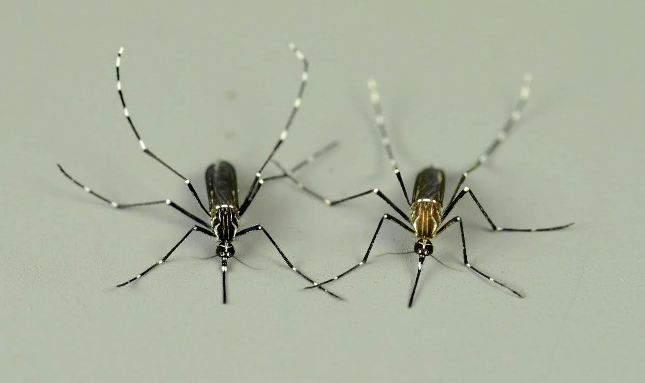
Thousands of years ago, the mosquitoes that now transmit dengue fever made the switch from biting forest animals to seeking out humans.

Working like crime scene investigators, researchers use a rapid DNA test to analyze snake venom from the bite site.

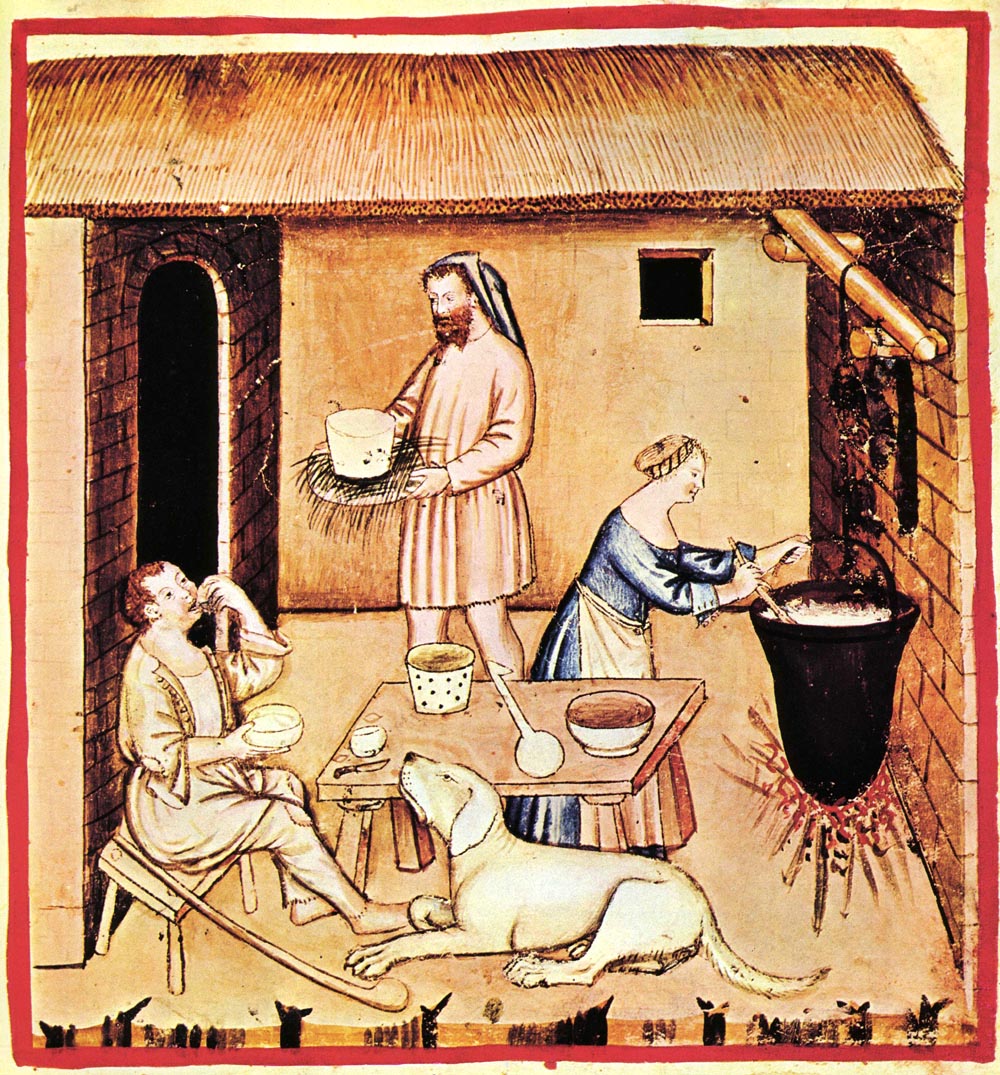
Central Europeans developed a dairying culture at least 4,000 years before they evolved the ability to digest milk.


